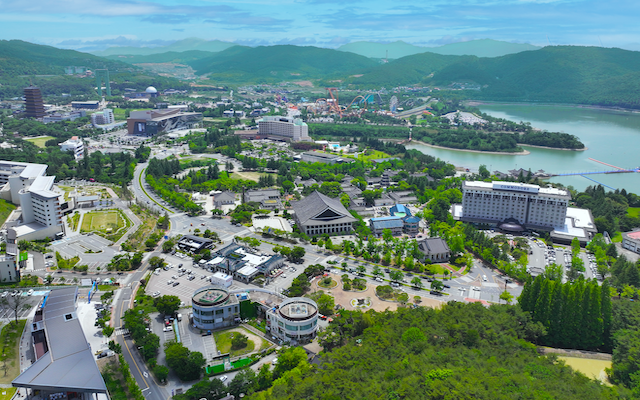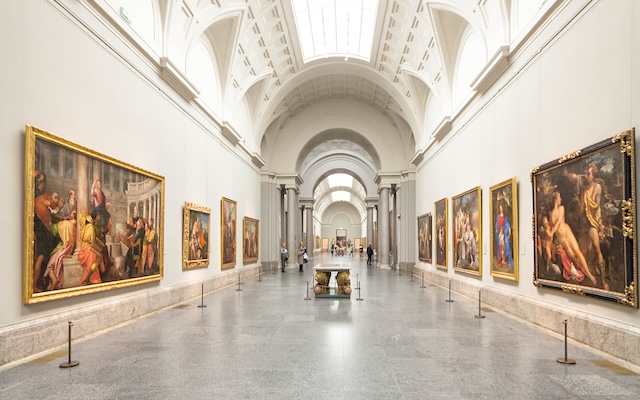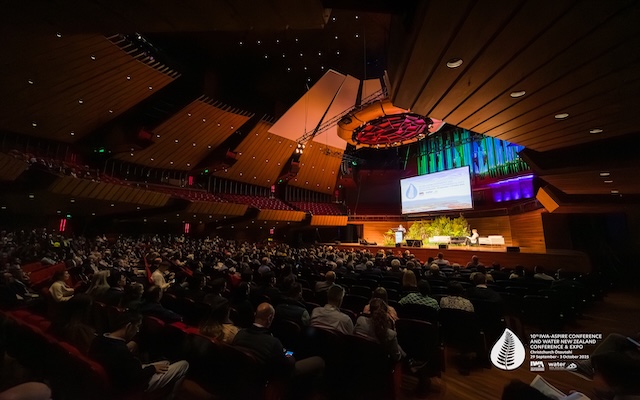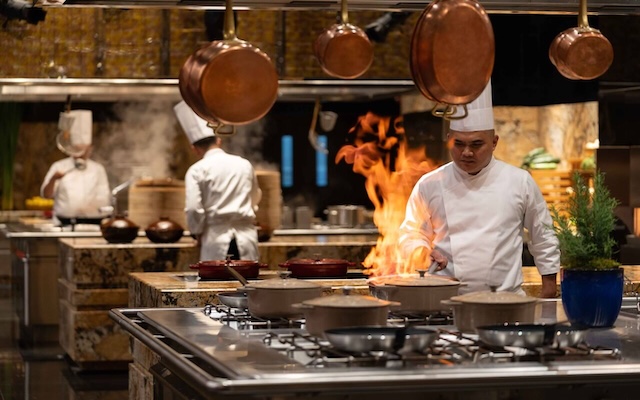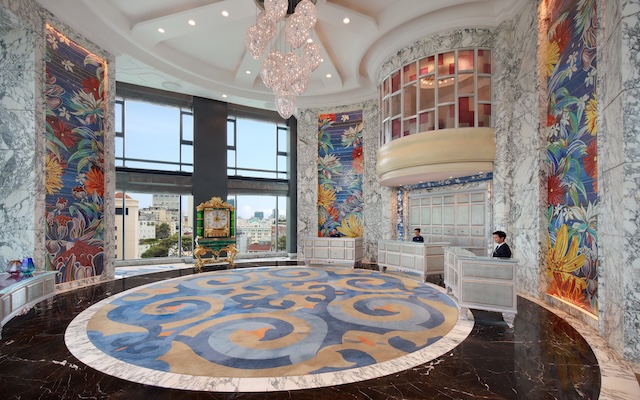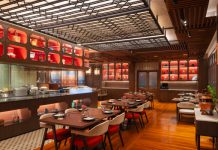
The Singapore Exhibition & Convention Bureau (SECB), established as a group under the Singapore Tourism Board (STB), has come a long way since its humble beginnings in 1974.
Initially tasked with promoting Singapore as a venue for business events for both local and international markets, SECB’s role has evolved into a key driver of the industry, playing a pivotal role in developing the industry ecosystem, fostering partnerships, and shaping the future of Singapore’s business events landscape.

Back in those days
The first appointed head of SECB was Jennie Chua, who set up the SECB and served as its leader from 1974 to 1984. There were no purpose-built convention or exhibition facilities.
“The earliest exhibitions were held in the carpark of Grand Hyatt Singapore (which was also known at one point as the Hyatt Regency Singapore) – but that space had low ceilings and pillars, and was not suitable for exhibitions that had heavy equipment. We then converted warehouses at the then-PSA Building in Pasir Panjang into exhibition spaces,” Chua, now retired, recalled during an interview with TTGmice.
That was how the World Trade Centre Singapore was born. Operating from 1978 to 2003, the converted space hosted some of the earliest exhibitions. In 1986, the Raffles City Convention Centre opened with 3,000m2 of venue space; it is still operating today. Also in operation today are the 12,000m2 Suntec Singapore Convention & Exhibition Centre, and 123,000m2 Singapore Expo, which opened in 1995 and 1999 respectively.
Aside from large-scale venues, another challenge that SECB faced early on was that many business events were anchored or rotated in the US and Europe.
The SECB team, comprising 10 people, “did a lot of legwork” to visit professional associations ranging from medical to F&B in those longhaul countries to introduce Singapore and its business events capabilities.
“We also needed to work with our regional partners such as the Philippines, Thailand, and Hong Kong to bring attention to Asia (as a bloc) in the late 1970s and early 1980s, as Asia was still seen as a leisure destination. To draw attention quickly to Asia, we had to work together to gather and share information (on business events),” Chua elaborated.
That is how the Asian Association of Convention and Visitor Bureau (AACVB) was formed in 1983 with Singapore as one of the founding members, where its objective was to promote Asia as one of the world’s leading regions for business events.
In today’s climate
These days, SECB has evolved from a promotional entity to a strategic enabler and industry catalyst, where efforts include driving sustainability initiatives and developing the necessary talent pool to support the sector’s growth.
Recent accolades that Singapore has achieved include securing second position on the ICCA Worldwide City Rankings 2023, an advance of more than 10 places from 2022; Cvent’s Top Meeting Destination in Asia (2023) for the sixth time since 2016; and second in Asia-Pacific, and 17th globally in the 2023 Global Destination Sustainability Index (GDS-Index).
In 2005, Singapore also joined the BestCities Global Alliance, the world’s first convention bureau alliance, where 13 partner cities achieve benefits by working together.
Other milestones SECB has achieved include hosting IMF-World Bank Meetings 2006; anchoring key exhibitions such as Singapore Airshow and Food Hotel Asia; hosting large-scale conventions such as Rotary International 2024 which saw more than 14,500 delegates (the largest post-lockdown convention); and a host of large meetings such as Asia Pacific Herbalife Extravaganza 2023 which saw more than 20,000 attendees (the largest post-lockdown meeting).
Yap Chin Siang, deputy chief executive of STB and SECB, said: “Besides having the right infrastructure and ensuring continuous enhancement of this infrastructure, a successful MICE industry needs the right people with the right skills to meet the evolving needs of event organisers and delegates.”
As such, SECB continues to work closely with the local trade association Singapore Association of Convention & Exhibition Organisers & Suppliers (SACEOS), which serves as the voice and advocate of the MICE community in Singapore, supporting the industry through networking opportunities, professional development, thought leadership and driving key industry initiatives.
It was this collaboration that led to the development of the SG SafeEvent framework in 2021 as the world emerged from the shadow of Covid-19. These safety guidelines ensured a smooth restart for the industry, ensuring the safety and well-being of attendees as in-person events gradually resumed.
Richard Ireland, SACEOS president, shared: “Other initiatives include the development of the Singapore MICE Sustainability Roadmap in December 2022, which paved the way for MICE Guidelines on Carbon and Waste Management, Singapore MICE Sustainability Certification, and the Certified Event Sustainability Accreditation Programme.
“On a global level, we have also worked with SECB in developing the GSTC MICE Criteria, which will serve as the global sustainability standards for the industry.”
To address talent needs, SACEOS collaborated with SECB to hold dialogue sessions at Institutes of Higher Learning, as well as launch the MICE Internship Best Practices Guidelines in 2023, providing a roadmap for organisations to attract and develop promising individuals.
Yap continued: “SECB also administers the Conference Ambassador Programme which engages notable professionals and key opinion leaders as advocates for Singapore’s MICE industry, where their influence and network help to bolster our bid for MICE events.”
As part of this year’s Singapore MICE Forum, SECB will mark its 50th anniversary with a cake-cutting ceremony, with past SECB and SACEOS heads in attendance. Coincidentally, as STB will be celebrating its 60th anniversary this year, special activities and events commemorating both milestones will be organised.
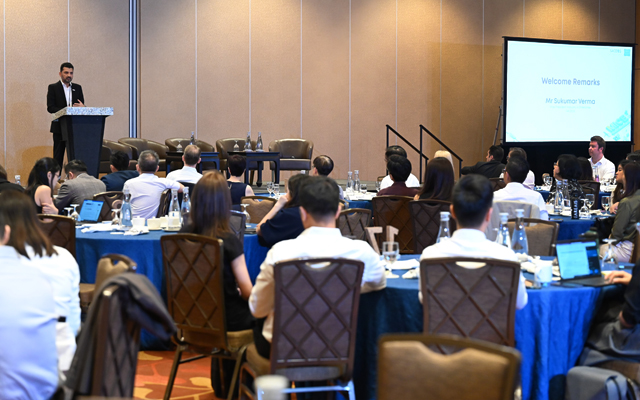
Step into the future
As the global business events landscape evolves, marked by shifting event formats and increasing delegate expectations, Singapore must remain agile in adapting its infrastructure, services, and technology to stay competitive. Navigating geopolitical and economic uncertainties while maintaining a stable and conducive environment will be crucial as competition intensifies from emerging destinations.
When asked what she was most proud of, Chua said: “I’m very proud of where Singapore stands today. My colleagues and I were the early pioneers, but the generations that came after continued developing Singapore’s business events reputation to what it is today.”
She recalled: “Before the internet, people had to make the trip to share their knowledge, exchange ideas, and debate – but the methodology of winning (business events) today is different. Although information can be gleaned through different methods, the interaction and storytelling must still be through human contact.”
Yap also acknowledges that cost cannot be Singapore’s primary competitive advantage, the nation must focus on delivering exceptional infrastructure, services, experiences, and global connectivity to solidify its position as a top business events destination.
Envisioning Singapore’s business events future, Yap said: “By integrating cutting-edge technology to create immersive experiences and complementing business events with a rich tapestry of lifestyle and cultural offerings, the city-state aims to redefine the attendee experience.”
This strategy is evident in initiatives like the Singapore FinTech Festival’s takeover of Club Street, which extends beyond conferences to encompass social events and networking opportunities.
Moreover, Singapore’s commitment to fostering long-term impact is demonstrated by events such as The World Aquaculture Singapore 2022, which led to the creation of AquaPolis, a research and innovation cluster. Sustainability will also be deeply embedded in the industry, with responsible event management at its core, Yap added.
He concluded: “We would like to thank all our partners and clients for their support in the past 50 years. Our success would not have been possible without each and every one of them and we look forward to continued collaborations with our industry stakeholders, global partners and clients to build a stronger MICE industry in the next 50 years and beyond!”





